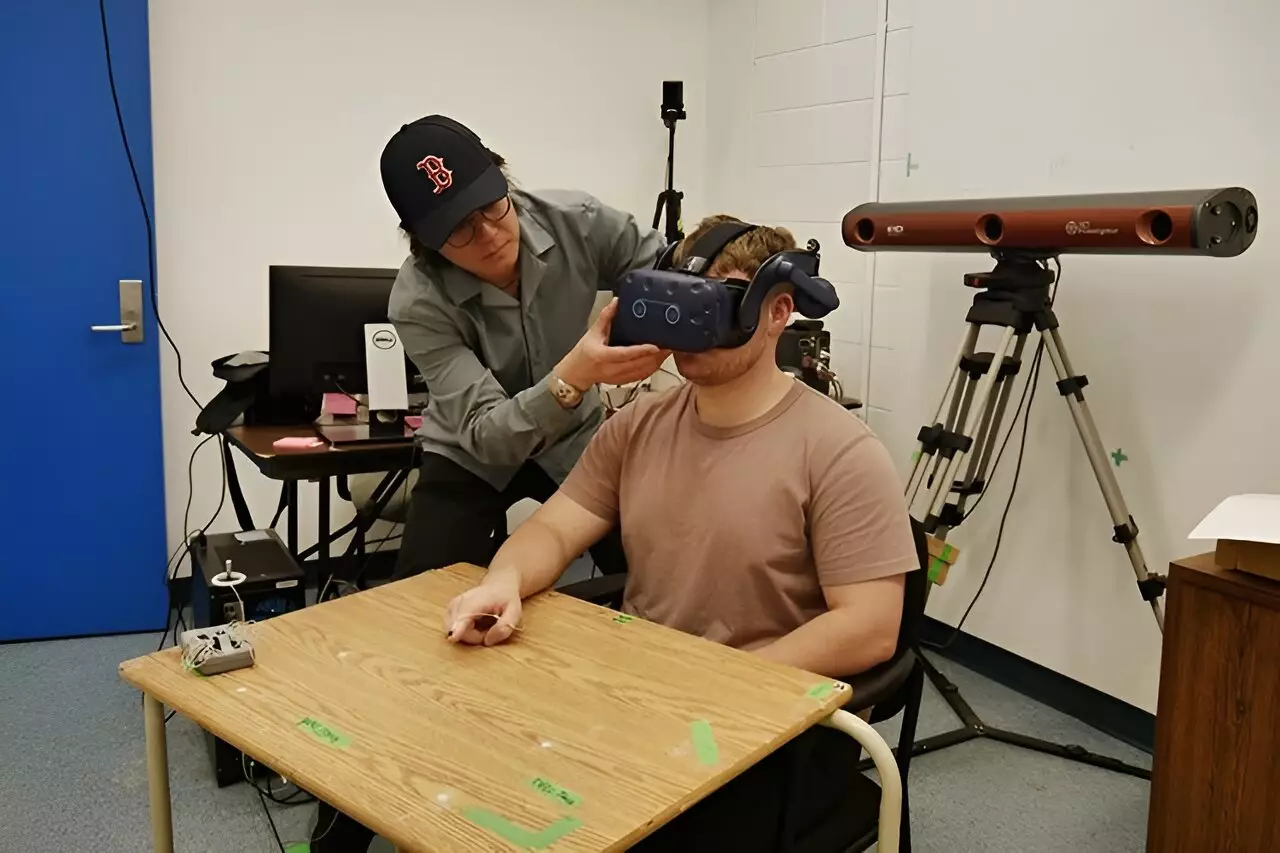The study conducted by researchers at the University of Toronto delves into the impact of virtual and augmented reality (VR and AR) on how individuals perceive and interact with the real world. One of the key findings of the study was that participants exhibited different movement patterns in VR and AR, leading to temporary errors in movement in the real world. Specifically, those who used VR tended to undershoot their targets, while participants who used AR tended to overshoot their targets.
The researchers found that movement patterns developed in VR and AR environments transferred to real-world movements. This highlights a potential challenge in transferring skills learned in these digital environments to real-world scenarios. Understanding how individuals adapt to VR and AR experiences is crucial, especially for industries and training programs that utilize these technologies for skill development.
One surprising finding was the difference in how quickly the effects of AR wore off compared to VR. Participants readjusted to real-world conditions faster after using AR, possibly due to the fact that individuals in AR can still see and interact with their physical surroundings. This helps them maintain a more accurate sense of depth and distance, leading to quicker adaptation.
The implications of this research are significant, particularly for industries that rely on VR and AR for training purposes. Understanding the limitations and effects of these technologies on real-world performance is crucial for ensuring effective and safe skill development. This is especially relevant for professions such as surgeons, pilots, and drivers, where precision and accuracy are paramount.
Moving forward, the researchers plan to explore how different types of VR and AR experiences, such as more complex or immersive scenarios, affect real-world performance. They also aim to investigate how training duration and individual differences, such as prior experience with these technologies, influence adaptation and readjustment. By gaining a deeper understanding of these factors, researchers hope to design VR and AR systems that minimize negative after-effects and maximize their potential for training and skill development.
The use of virtual and augmented reality has the potential to significantly impact how individuals perceive and interact with the real world. The findings of this study shed light on the effects of VR and AR on movement patterns and real-world performance, emphasizing the importance of understanding these technologies for effective skill development. By continuing to explore the implications of VR and AR experiences, researchers aim to enhance the design of these systems for maximum benefit in training and skill development.


Leave a Reply